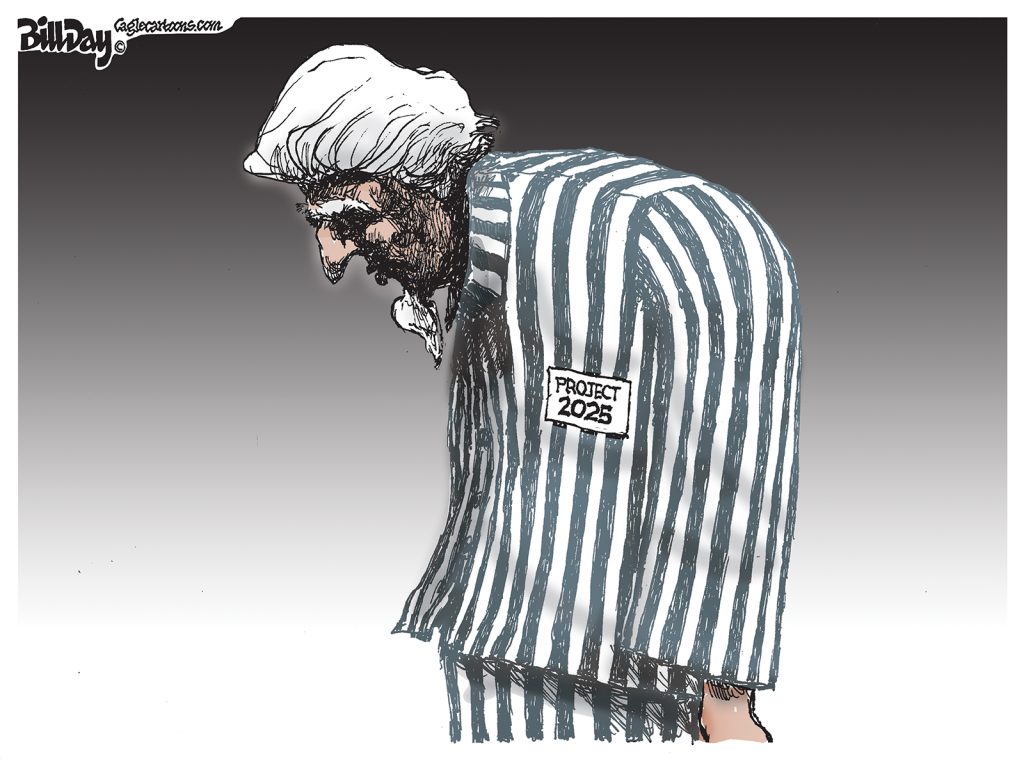From citiwire.net:
Would you prefer to live in a community where you had to drive everywhere for everything, or would you prefer to live in a community where you could walk, ride a bicycle, take public transportation, or drive to get to where you want to go?
This question is at the heart of the current debate over how transportation funds will be spent over the next few years. The U.S. House Transportation and Infrastructure Committee voted on February 2 to eliminate funding for nonmotorized transportation (e.g., bike paths and sidewalks) from the federal transportation bill working its way through Congress.
The wildly imbalanced transportation bill also imperils federal support for public transportation systems. In taking this approach, Congress took a giant step back. The 1970s and 1980s, when federal transportation legislation strongly favored investment in highway infrastructure. Not until 1991 was the funding legislation expanded to other options, with passage of the Intermodal Surface Transportation Efficiency Act. ISTEA broke from the past by including funding for mass transit and bicycle and pedestrian facilities.
Since that time, about 20 percent of the highway trust has gone to support public transportation and about 2 percent of federal transportation funding has gone to various transportation enhancement projects primarily bike trails, sidewalks, and related facilities. But the new House bill severs support for such projects. The backers of that change contend that these are frills and amenities with little impact on transportation. They miss a critical point: transportation is about more than just roads.
For example, in European cities such as Copenhagen, Amsterdam, and Stuttgart, up to 30 percent of all commuters reach their jobs by bicycle. Does this mean that Germans, Danes, and the Dutch don’t like cars? Of course not; they love them, just like we do. The difference is, they simply don’t have to use them all the time, because they have more transportation choices than we do.
In addition to excellent public transportation systems, most European countries have extensive networks of bikeways, bike lanes, and other nonmotorized facilities. Such alternatives should be a high priority in the United States. Currently, 100 million Americans own bicycles, and walking and bicycling already account for 12 percent of all trips. For the cost of one mile (1.6 km) of a four-lane urban freeway ($50 million), we could build approximately 100 miles (160 km) of bike lanes and bicycle boulevards or more than 150 miles (241 km) of off-road bike trails. Of course, it is only when cities begin investing in bicycle infrastructure that residents begin to use bicycles at rates higher than the national average.
Consider Portland, Oregon: in the 1980s and early 1990s, it was a city pretty much like any other in terms of transportation behavior. Today, however, over 6 percent of residents commute to work by bicycle; the national average is less than 1 percent. Bicycle use in Portland has grown geometrically while other modes have grown modestly or declined: since 1990 bicycle use has grown 400 percent, transit has grown 18 percent, and driving has declined 4 percent, all relative to population.
From 1990 to 2008, Portland added more daily bicycle commuters than daily transit commuters. Portland’s city traffic engineer says that bicycling infrastructure is relatively easy to implement and low cost compared to other modes. The estimated cost of Portland’s entire bikeway network which exceeds 300 miles (482 km) is approximately $60 million, which, as noted, is just a little more than the cost of one mile (1.6 km) of urban freeway. Another city where bicycling has boomed is Minneapolis, Minnesota.
Today, about 4 percent of Minneapolis residents bike to work. Biking has grown almost 33 percent since 2007 and 500 percent since 1980. Bicycle riding, whether for recreation or transportation, requires investments in bicycle infrastructure. Such investments yield results regardless of climate, topography, city size, or other factors.
For example, in New York City, biking continues to rise even as driving and transit ridership stay nearly flat. According to the New York City Department of Transportation, bicycle commuting into Manhattan increased 13 percent in 2010 and has grown 262 percent in the past ten years. The long-range potential of cycling as a mode of transportation is amply demonstrated in bicycle-friendly college towns like Boulder, Colorado; Eugene, Oregon; Madison, Wisconsin; Gainesville, Florida; Iowa City, Iowa; and others. Davis, California, a city of 62,500 people and home of the University of California at Davis, has 35 miles (56 km) of bike lanes and more than 50 miles (80 km) of off-road, multiuse paths, which have grade separations (bridges and underpasses) to minimize traffic interaction.
As a result, more than 20 percent of all trips in the city are by bicycle. The Davis school district has given up its expensive school bus system, and according to a resident one of the delightful features of life in Davis is observing the morning and afternoon rush hours on the greenbelt paths, as groups of children travel to and from school on bikes, skateboards, and scooters.
Since its inception, the federal and state governments have spent approximately $5 trillion to build and maintain the Interstate Highway System. Over the same period, federal investments in bicycling and walking facilities have amounted to less than a tenth of a percent of this amount.
It is wrong to take away this meager amount, especially given the bang for the buck we get from walking and biking.



We got the The Green Lane Project grant from Bikes Belong! YAY! It’d be great if you did a post about its potential impact.